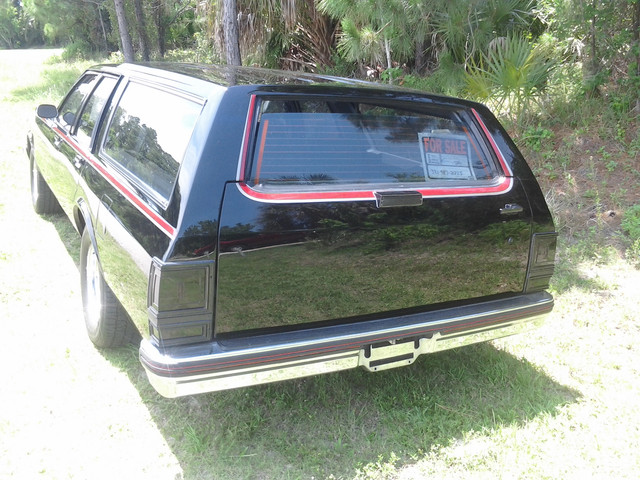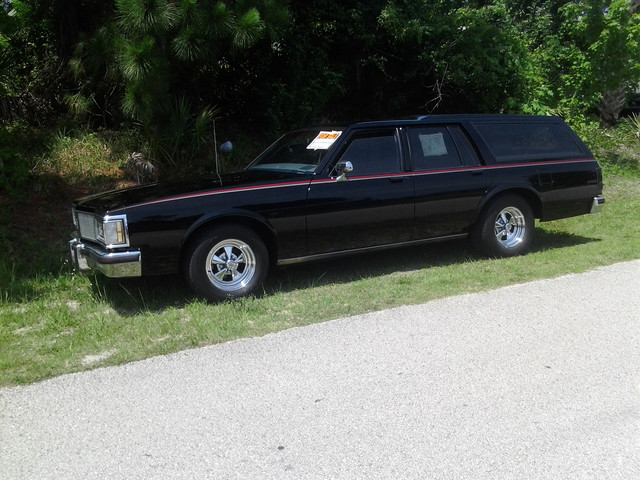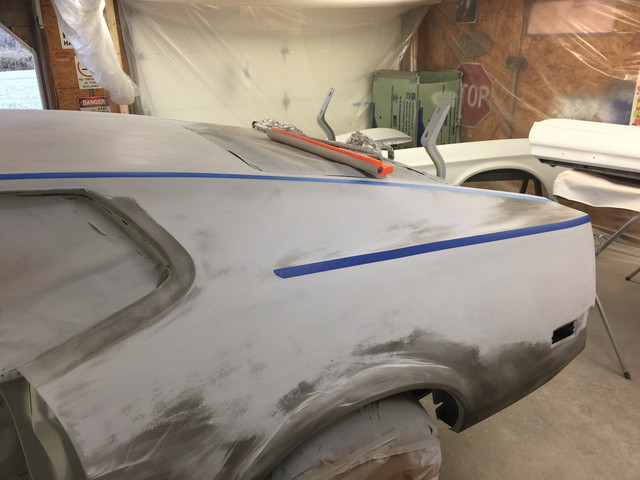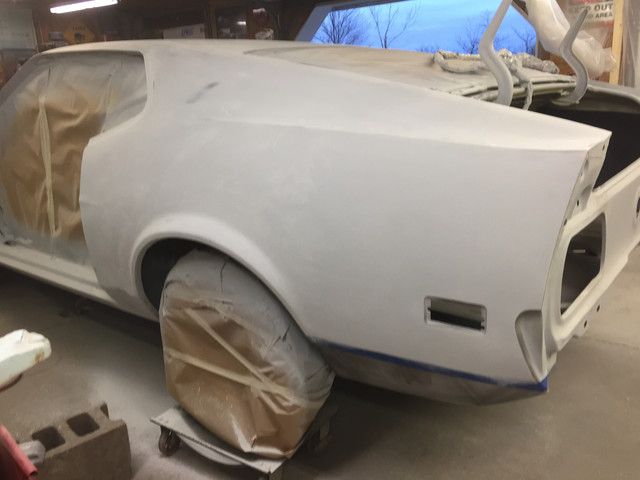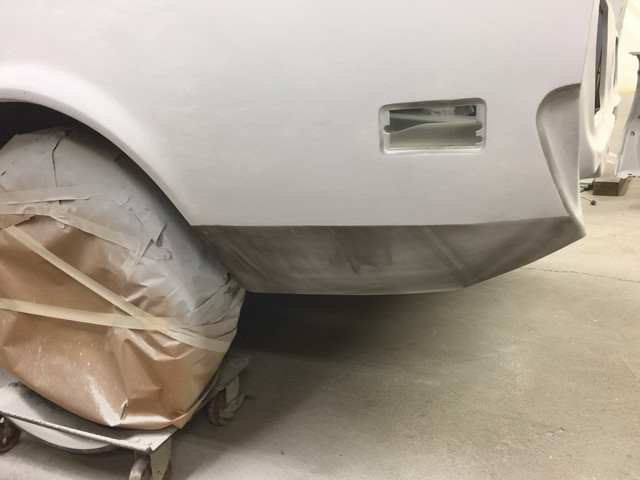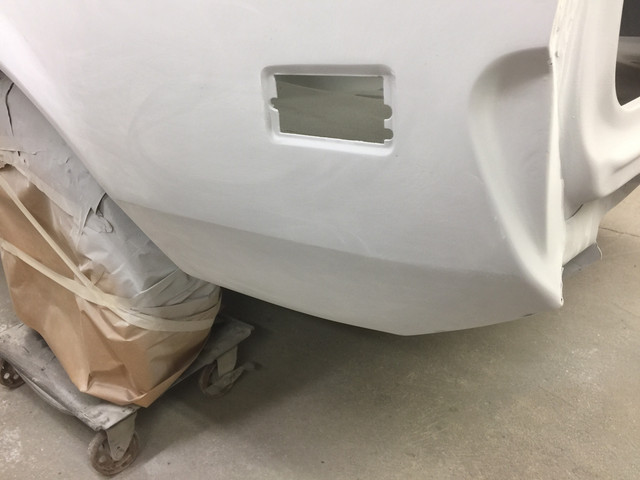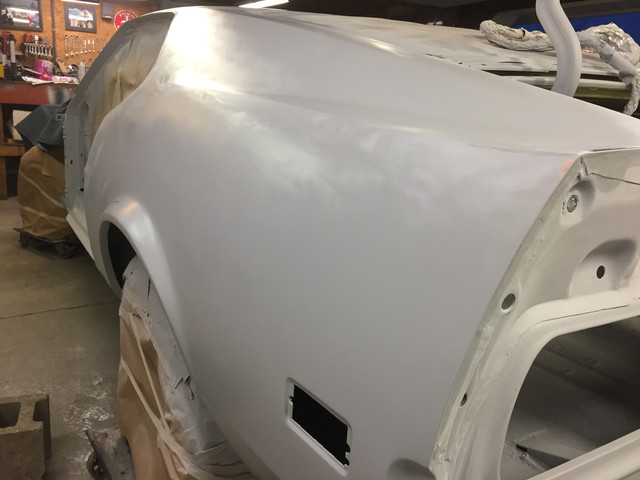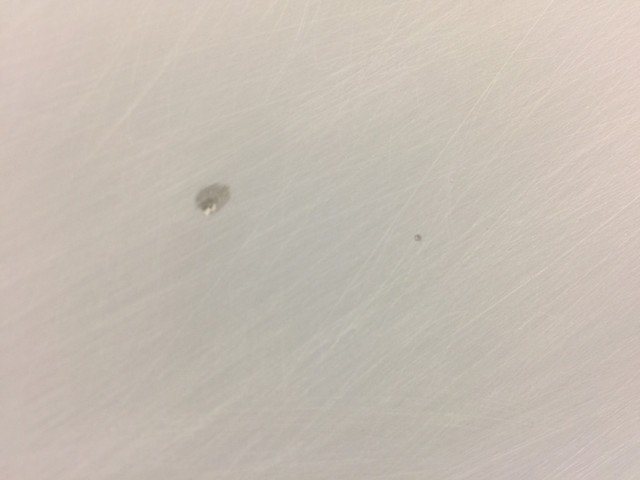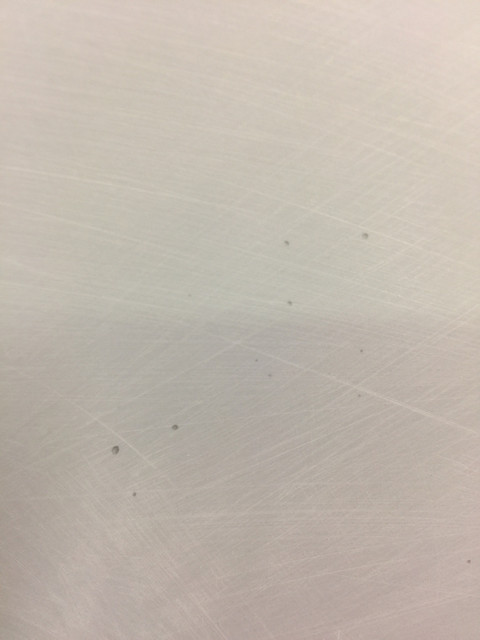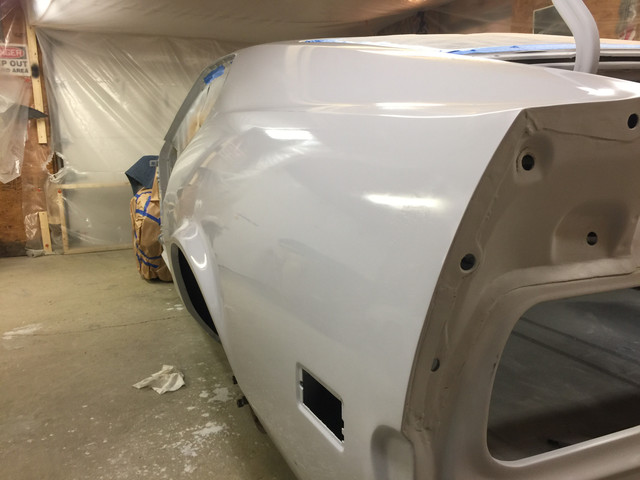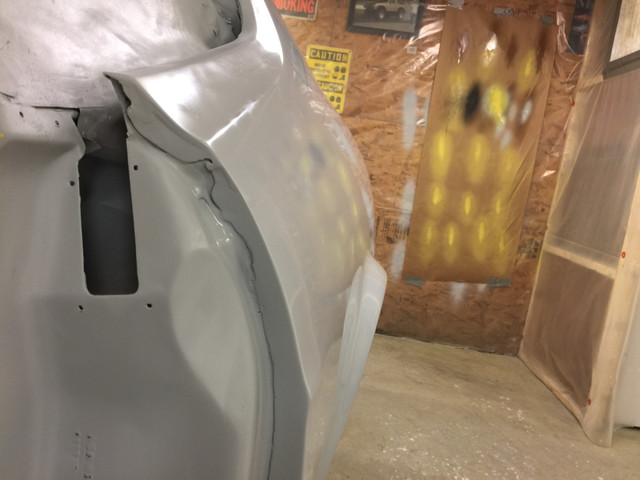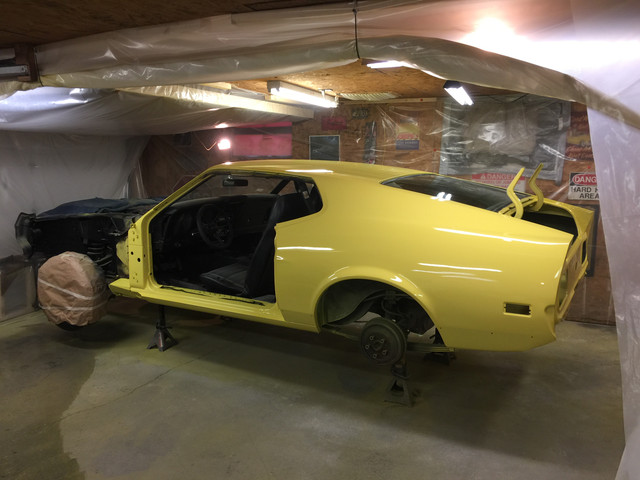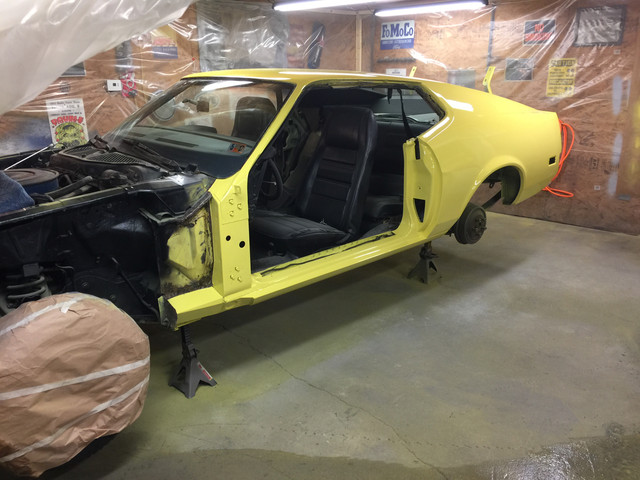Silverback
Well-known member
That answered a question that I had in my head earlier but forgot to ask, what brand of paper you use? It does make a big difference in some cases.Hi Mark,
Thanks for your reply and feedback. Yes, you are correct about products and paint chemistry specs changing and varying around the world at any given time.
I started out in my trade of auto spray painting back in 1976, and have never got out of the game since. I still now paint 5 days a week at the tender age of 60 years.and work only on brand new cars. Most major paint companies around the world are a pack of dead sh-ts, because they are money or profit driven only. They charge rediculous prices for their products and continually change the paint chemistry of their products from year to year, sometimes going backwards in performance and quality would you believe. Yes, it's freakin' true.
For example , sand paper companies around the world, list their papers on a stock universal number's basis. However, the true story is that the abrasive factor varies from company to company. I base my tech advice on the 3M company, and use them as a yard stick to go by internationally. The interesting thing about this game is that when i did my 4 year training apprenticeship from way back then, you were taught the proper and correct procedures of all aspects of the trade or job. What i found over the years, was a lot of pro painters tweak and change the basic rules as they go along in their jobs, to suit themselves, or what they perceive works best for them. That goes for everything from gun application techniques to all aspects of preparation methods etc, etc.
Don't be scared regards using abrasives over the 400 grade mark. For example, i use 2000 grade to prep up an original factory painted panel before top coating, and get fantastic results.
Regards hand sanding techniques - time has got me right now, but i will try and follow through at some stage in the future, and lay out the whole thing. If you really want to get technical, at some stage, we can link up and have a phone conversation about it all. That would be great!
Thanks,
Greg.
3m is a good standard, typically it cuts well and is more consistent, less "why the heck am I getting the occasional heavy sanding scratch out of this grit???" but sometimes hard to get around here if you just need something at 6pm on a Saturday (but I have a pretty good pile of the wet/dry stuff, at least in 400 and the color sanding grits, I only have a few pieces of 600 and no 800 that I know of, and it seems like <400 I'm always looking for last minute and have all sorts of weird stuff).
I'm not quite as "young" as you and definitely not as experienced but I have been around enough to see the products change constantly and not usually for the best. I know that they argue that they're doing it to meet regulations (and I've run into "we reformulated to meet California emissions regulations on the east coast :shootself: ) but sometimes it just seems like they do it to keep selling new products, techniques and raise prices.
Honestly I often miss how simple lacquer and enamel was. I'm really tempted to do a project with all rustoleum enamel at some point, just because it would be old school simple and cheap (the stuff runs <$30/gallon at any hardware store, I'd probably mix in some valspar enamel hardener just to get more UV protection and a smoother, harder finish), and I'm sure with good work would yield results that people wouldn't believe.

















































